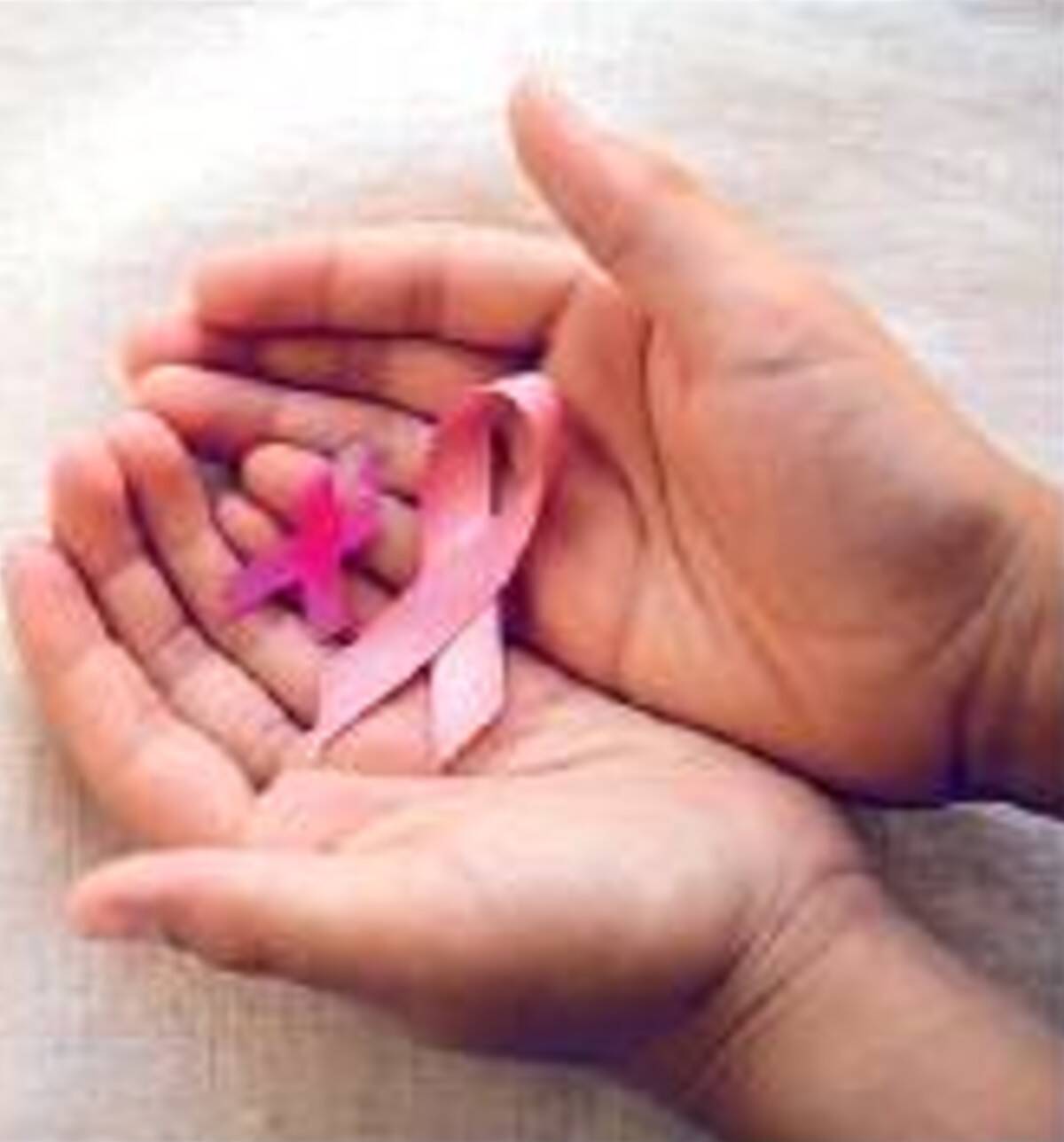 In recent years, health officials have pushed aggressively to include more women in clinical trials of new drugs. Even scientists who work with animals are now encouraged to include mice and rats of both sexes.
In recent years, health officials have pushed aggressively to include more women in clinical trials of new drugs. Even scientists who work with animals are now encouraged to include mice and rats of both sexes.But when it comes to breast cancer, it is men who get short shrift. They are often excluded from clinical trials of new treatments. When breast cancer drugs come to market, there is little data to indicate whether they are safe or effective in men. Some drugs are approved only for women.
The disease is extremely rare in men, who account for fewer than 1% of breast cancer cases. Nonetheless, the Food and Drug Administration is calling on researchers to include male patients in clinical trials of breast cancer treatments. The guidance is a draft recommendation now open to public comment.
Even if only a few men participate in each trial, data on them could be pooled. Coupled with real-world experience using the medications, that data could shed light on treatment, said Dr Sharon Giordano, professor at M D Anderson Cancer Center in Houston.
The proposed guideline comes amid growing concerns that men with breast cancer — whose disease tends to be diagnosed in more advanced stages — are often not getting optimal care and may be missing out on lifesaving therapies. One of the largest analyses of these patients, published in ‘Annals of Oncology’ in 2017, analysed 1,500 men with breast cancer in Canada, the US and seven European countries.
The vast majority of men with breast cancer have tumors that are fueled by estrogen. But only 77% of them received anti-estrogen therapy, the study found. That means nearly 1 in 4 men who should have received a potentially lifesaving therapy didn’t get it.
The most common treatment for men was surgery: a mastectomy to remove the breast, or a lumpectomy to remove the tumour. But the men had low rates of radiation treatment, which is standard care after lumpectomy and often recommended after a mastectomy. Poor care is all too common when patients suffer from rare diseases, and for men, breast cancer is a rare disease, doctors noted.